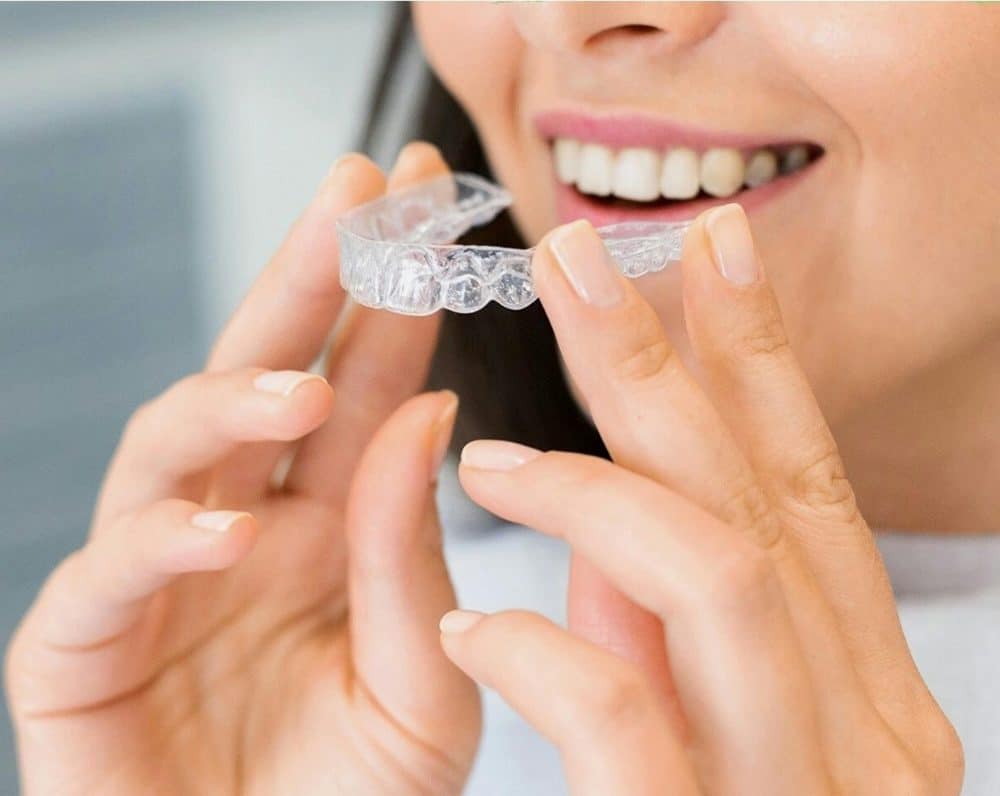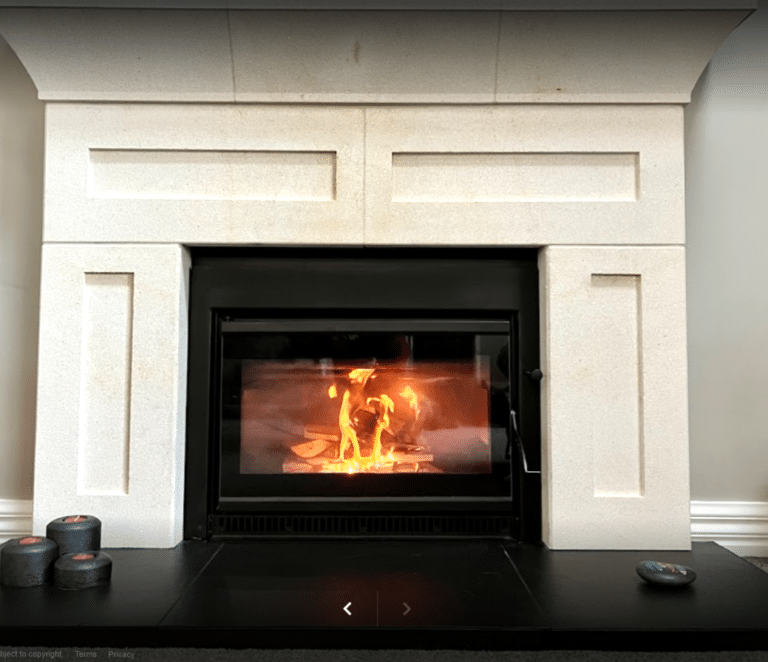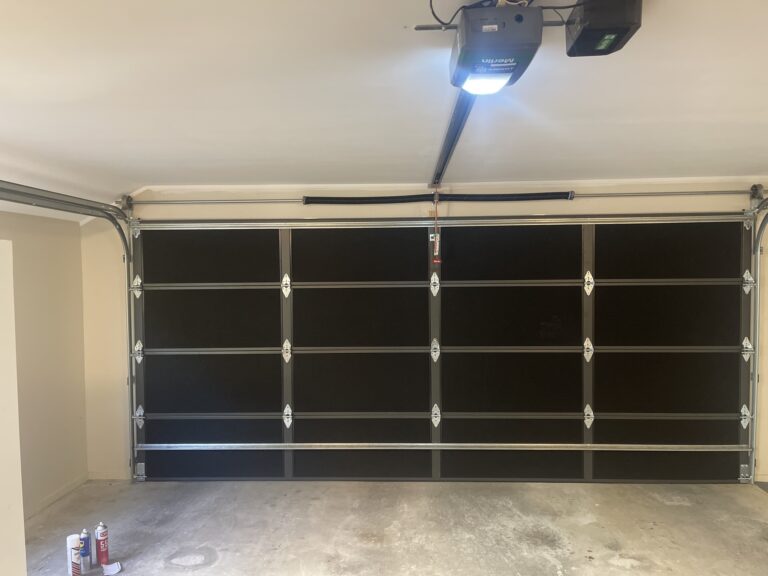Clear aligners have become the go-to option for people who want straighter teeth without the wires. They’re low profile, removable, and widely seen as more convenient than traditional braces. Most folks know the cost of getting started: Consultation, a set of aligners, maybe even a follow-up or two. But what they don’t always see coming are the expenses that show up later.
For many patients, these added costs can be frustrating. It raises the question: Are you getting the value you expected? While aligners can be highly effective, it’s worth asking whether the hidden costs align with the results. This article takes a plain look at what teeth straightening really costs beyond the quote you’re given at the start.
Key Takeaways
- Clear aligners involve more than just the initial payment
- Costs can include cleaners, retainers, replacements, and check-ups
- Lifestyle changes also come with time and money costs
- Effectiveness should be weighed against the total investment
- Planning ahead helps avoid financial surprises
What’s Typically Included in a Teeth Straightening Quote
The Basics and What They Actually Cover
Most aligner providers offer an upfront quote that covers the main treatment. This usually includes the initial consultation, digital scans, and a series of custom aligners. Some providers include a set of retainers or one post-treatment review, but it varies.
What’s important to note is that these quotes don’t always account for what happens if treatment doesn’t go exactly to plan. If your teeth shift differently than expected or you lose a tray, replacements and follow-ups can cost extra.
The Catch with ‘All-Inclusive’ Packages
Some clinics offer what they call all-inclusive deals. On paper, they look like good value. But ask what happens if you need a new scan six months in. Or if you change jobs and have to switch providers. These kinds of events can lead to out-of-pocket payments. The phrase “all-inclusive” often has limits, and you’ll want to read the terms closely.
Cleaning and Maintenance Costs You Probably Didn’t Budget For
The Hidden Cost of Cleanliness
Aligners need regular cleaning to stay clear and hygienic. While water and a toothbrush might do the trick short term, most professionals recommend using branded cleaning crystals or foams. These products aren’t usually included in your initial quote, and they add up over months.
Improper cleaning can cause aligners to cloud, smell, or degrade. In some cases, dirty aligners can even irritate your gums. It’s a hidden cost that’s easy to overlook, but important to keep in mind.
Storage Cases, Tools, and Travel Kits
You’ll likely need more than one case to store your aligners safely. One at home, one for work, maybe one in the car. There are also chewies, removal tools, and travel kits. These items seem minor, but they’re necessary to keep the treatment on track. Replacing lost or damaged accessories adds to the ongoing cost.
Retainers, Repairs, and Follow-Ups
What Happens After Treatment Ends?
Many people think the end of treatment is the end of spending. It’s not. Retainers are a long-term requirement to stop your teeth from shifting back. They typically last six to twelve months before needing a replacement. Depending on the material, one retainer can cost a few hundred dollars.
Some clinics include one pair of retainers in your package, but few cover replacements for life. You’ll need to factor in the cost of upkeep well after the main treatment ends.
Mid-treatment Adjustments and Breakages
Life happens. Trays crack, teeth move in unexpected ways, and schedules get interrupted. When that happens, you might need extra scans or revised trays. These adjustments often aren’t included in base pricing. Even if your provider offers a warranty, it might not cover everything.
Time and Lifestyle: The Hidden ‘Soft Costs’
Appointments, Adjustments, and Downtime
While aligners reduce the number of appointments compared to braces, they don’t eliminate them. You’ll still need check-ins to make sure progress is on track. For working adults or school-aged kids, each visit means time off, transport costs, and sometimes a reshuffle of priorities.
If you’re doing treatment through a remote service, there’s still time spent documenting your progress, sending in photos, or waiting for new trays to arrive.
Eating, Speaking, and Social Adjustments
You’ll need to remove aligners before eating or drinking anything other than water. That sounds simple, but in reality, it can interrupt meals, social outings, or even work meetings. Some people also experience minor speech issues in the first few weeks. These changes might not cost money directly, but they impact your day-to-day life and should be part of the decision-making process.
Is It All Worth It?
Teeth straightening is an investment in both your health and confidence. But like any investment, it’s only worth it if the results match your expectations. Some people are fine with a few extra costs if the final outcome delivers.
The real question is whether the cost aligns with the results. If you want to understand what kind of improvements aligners can realistically achieve, read up on their track record for success.
Smarter Ways to Plan for the Full Cost
It’s easy to focus on the upfront quote and assume the rest will work itself out. A better approach is to ask clear questions before you commit. Find out what’s included, what happens if things change mid-treatment, and how long you’ll need to wear retainers after the main aligner phase ends.
If you’re weighing up different options, this practical guide to braces costs offers a helpful comparison to aligner expenses.
It’s also important to ask whether replacements are covered, how often follow-ups are required, and what happens if your case needs more time than expected. Some patients face delays or need extra trays, which may mean additional appointments or costs. Planning for these variables makes it easier to stay on track.
Setting aside a buffer for cleaning products, check-ups, lost trays, and retainer replacements can make the journey smoother. Think about building a small monthly allowance for incidental expenses. It takes the sting out of surprises. Also, keep your receipts handy; some health insurance plans or flexible payment platforms may cover part of your orthodontic spend or offer cashback on approved services.
Your Best Smile Starts With the Full Picture
Straightening your teeth is a big decision. It’s worth doing, but it’s also worth doing with eyes open. Knowing the full cost including time, money, and effort helps you plan better and avoid frustration. A straighter smile feels good. But feeling in control of the journey? That’s even better.




